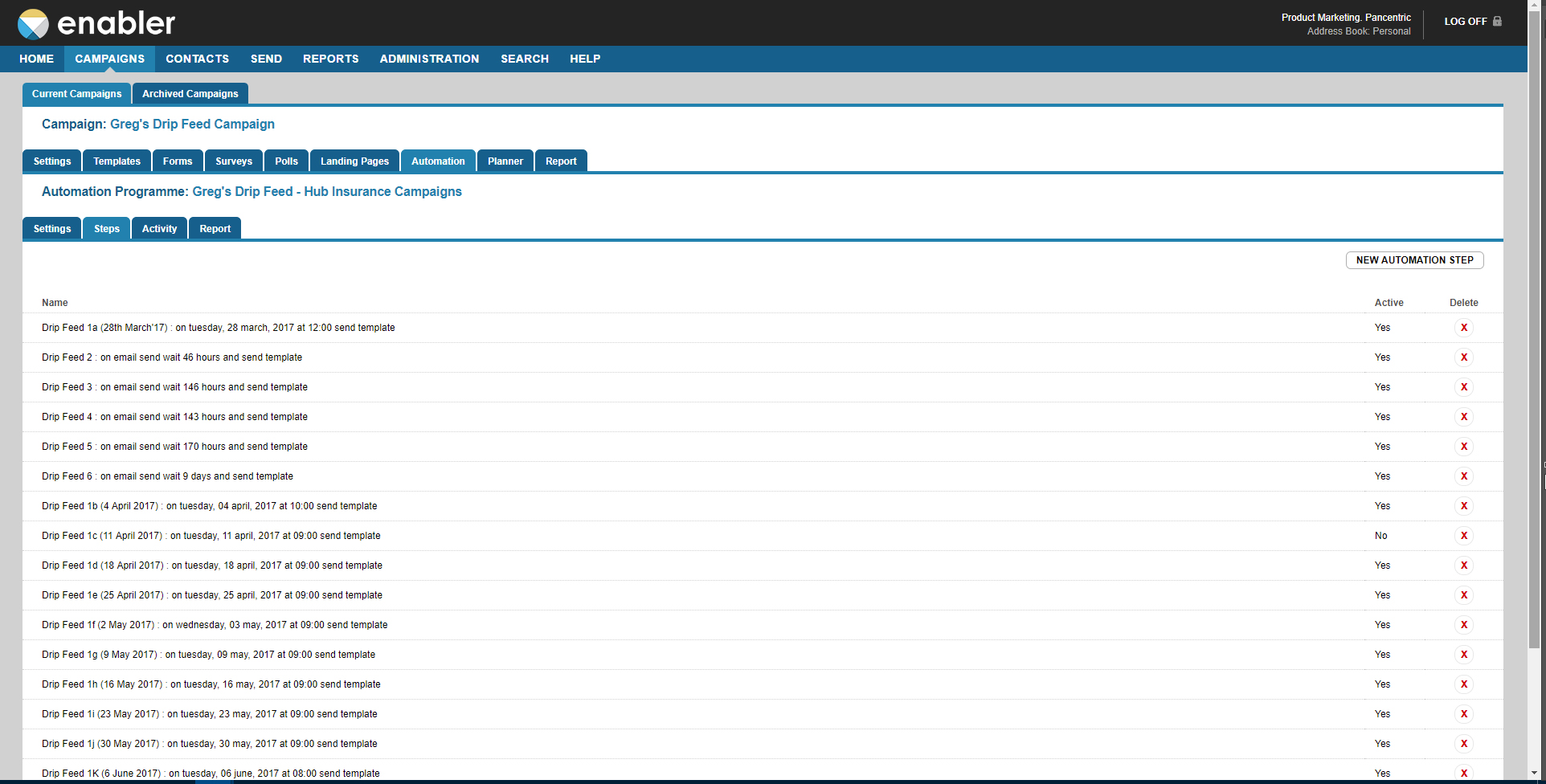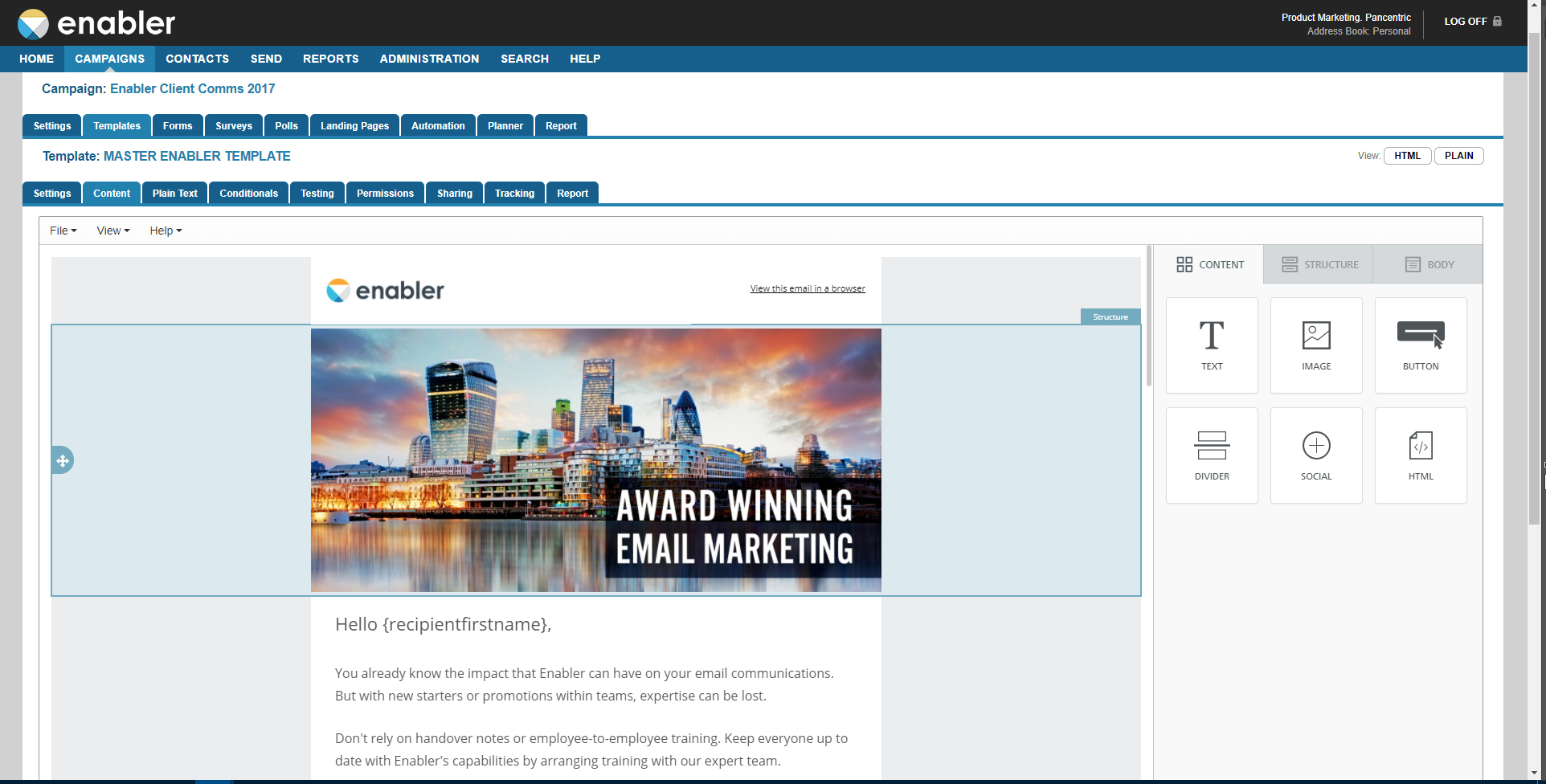Enabler software plays a crucial role in the tech industry by enhancing system functionalities. From security to automation, this software is essential for businesses looking to stay competitive in today’s digital landscape.
Introduction to Enabler Software

Enabler software plays a crucial role in the tech industry by enabling various systems to function more efficiently and effectively. It acts as a bridge between different software applications, devices, or components, facilitating seamless integration and communication.
Importance of Enabler Software
Enabler software is essential for enhancing system functionalities by providing interoperability, scalability, and flexibility. It allows businesses to adapt to changing technology trends, optimize processes, and improve overall performance. Without enabler software, organizations may face compatibility issues, data silos, and limited innovation opportunities.
- One popular example of enabler software is middleware, which connects different software applications and enables communication between them. This middleware plays a crucial role in integrating systems and facilitating data exchange in various sectors such as finance, healthcare, and e-commerce.
- Another example is API management platforms that help organizations expose their services as APIs, allowing seamless integration with third-party applications and services. These platforms enable businesses to create new revenue streams, improve customer experiences, and drive innovation.
- The evolution of enabler software has revolutionized how businesses operate, enabling them to leverage emerging technologies such as cloud computing, IoT, and AI. This evolution has empowered organizations to streamline operations, enhance collaboration, and deliver innovative products and services to their customers.
Types of Enabler Software
Enabler software can be categorized based on their functionalities, which include security, integration, and automation. Each type of enabler software serves a specific purpose in enhancing the performance and efficiency of various systems and processes.
Security Enabler Software
Security enabler software focuses on protecting systems, networks, and data from unauthorized access, cyber threats, and malware. Key features of security enabler software include encryption, firewall protection, intrusion detection systems, and antivirus solutions. By using specialized security enabler software, organizations can safeguard their sensitive information and mitigate security risks effectively.
Integration Enabler Software
Integration enabler software facilitates seamless communication and data exchange between different applications, systems, and databases. Key features of integration enabler software include APIs, middleware, and ETL (extract, transform, load) tools. By utilizing integration enabler software, organizations can streamline their business processes, improve data accuracy, and enhance collaboration between departments.
Automation Enabler Software
Automation enabler software automates repetitive tasks, workflows, and processes to increase efficiency and reduce manual errors. Key features of automation enabler software include workflow automation, robotic process automation (RPA), and task scheduling capabilities. By leveraging automation enabler software, organizations can save time, reduce operational costs, and improve overall productivity.
Implementation of Enabler Software
Implementing enabler software into existing systems can be a complex process that requires careful planning and execution. By following best practices and learning from successful case studies, organizations can overcome common challenges and ensure a smooth integration of enabler software.
Steps Involved in Integrating Enabler Software
- Assessment of current systems and identification of areas where enabler software can add value.
- Selection of the right enabler software solution based on organizational needs and compatibility with existing systems.
- Customization and configuration of the enabler software to align with specific requirements and workflows.
- Testing the integration thoroughly to identify any issues or conflicts with existing systems.
- Training employees on how to use the enabler software effectively and efficiently.
- Deployment of the enabler software across the organization in a phased approach to minimize disruptions.
- Monitoring and evaluating the performance of the enabler software to ensure it is delivering the expected results.
Best Practices for Implementing Enabler Software Effectively
- Involve key stakeholders from different departments in the decision-making process to ensure buy-in and support.
- Communicate clearly with employees about the purpose and benefits of the enabler software to encourage adoption.
- Provide adequate training and support to help employees transition smoothly to the new system.
- Set clear objectives and milestones to track the progress of the implementation process.
- Regularly review and adjust the implementation plan based on feedback and lessons learned during the process.
Case Studies of Successful Enabler Software Implementation
Company X successfully implemented enabler software to streamline their supply chain operations, resulting in a 20% reduction in lead times and a 15% increase in overall efficiency.
Common Challenges Faced During Implementation and How to Overcome Them
- Resistance to change: Address this by involving employees in the decision-making process, providing training, and highlighting the benefits of the new system.
- Data integration issues: Ensure compatibility between the enabler software and existing systems through thorough testing and validation.
- Lack of clear objectives: Set specific goals and milestones to guide the implementation process and track progress effectively.
- Resource constraints: Allocate sufficient resources, both in terms of budget and personnel, to support the implementation process.
Future Trends in Enabler Software

As technology continues to advance at a rapid pace, enabler software is also evolving to meet the demands of the digital age. Let’s explore some of the emerging trends that are shaping the future of enabler software.
Impact of AI and Machine Learning
AI and machine learning are revolutionizing the way enabler software operates. These technologies enable enabler software to analyze vast amounts of data, identify patterns, and make intelligent decisions in real-time. This leads to more efficient and effective processes, ultimately enhancing the overall performance of enabler software.
Role in Digital Transformation and Innovation
Enabler software plays a crucial role in enabling digital transformation and fostering innovation within organizations. By providing the necessary tools and infrastructure for digital initiatives, enabler software empowers businesses to adapt to the ever-changing technological landscape and stay ahead of the competition.
Last Point

In conclusion, enabler software is a key component in driving innovation and digital transformation for businesses of all sizes. Its evolution and impact continue to shape the future of technology in various sectors.
Common Queries
What is the role of enabler software in the tech industry?
Enabler software enhances system functionalities and is crucial for businesses to stay competitive.
Can you provide examples of popular enabler software?
Some examples include software for security, integration, and automation.
What are the common challenges faced during enabler software implementation?
Common challenges include integration into existing systems and ensuring effective implementation.
